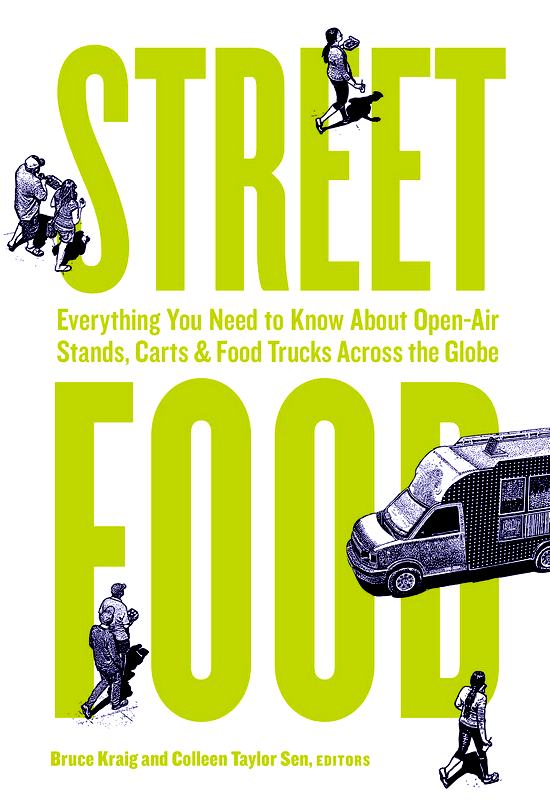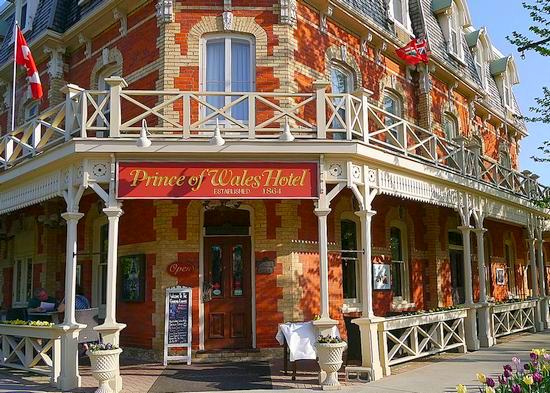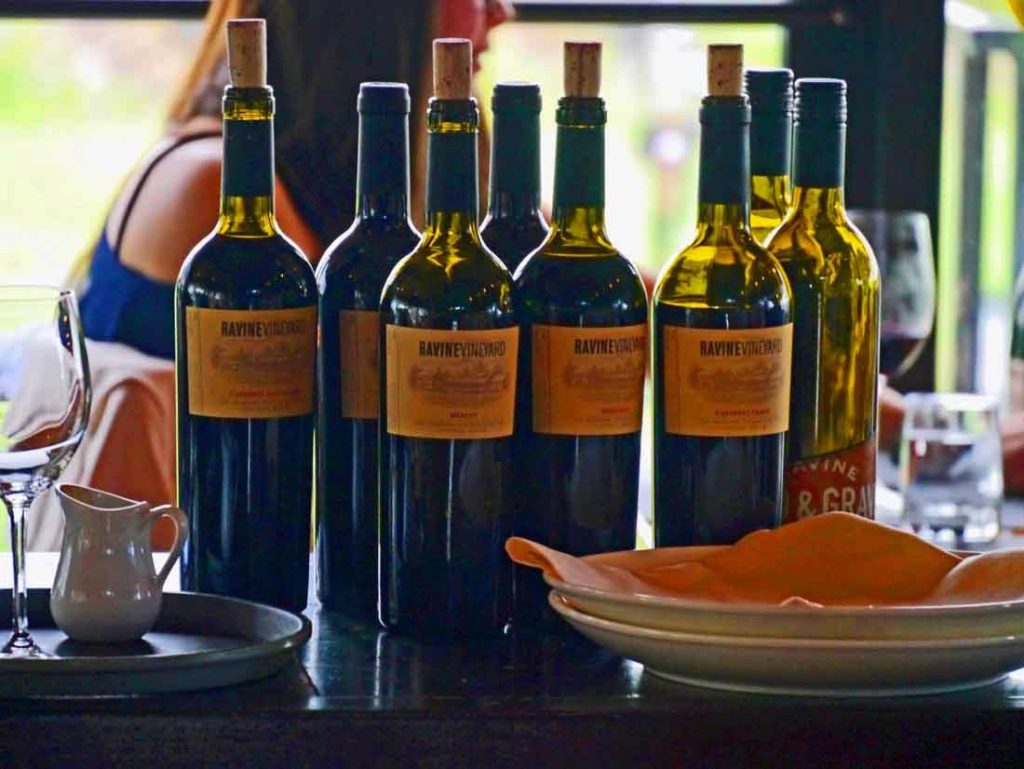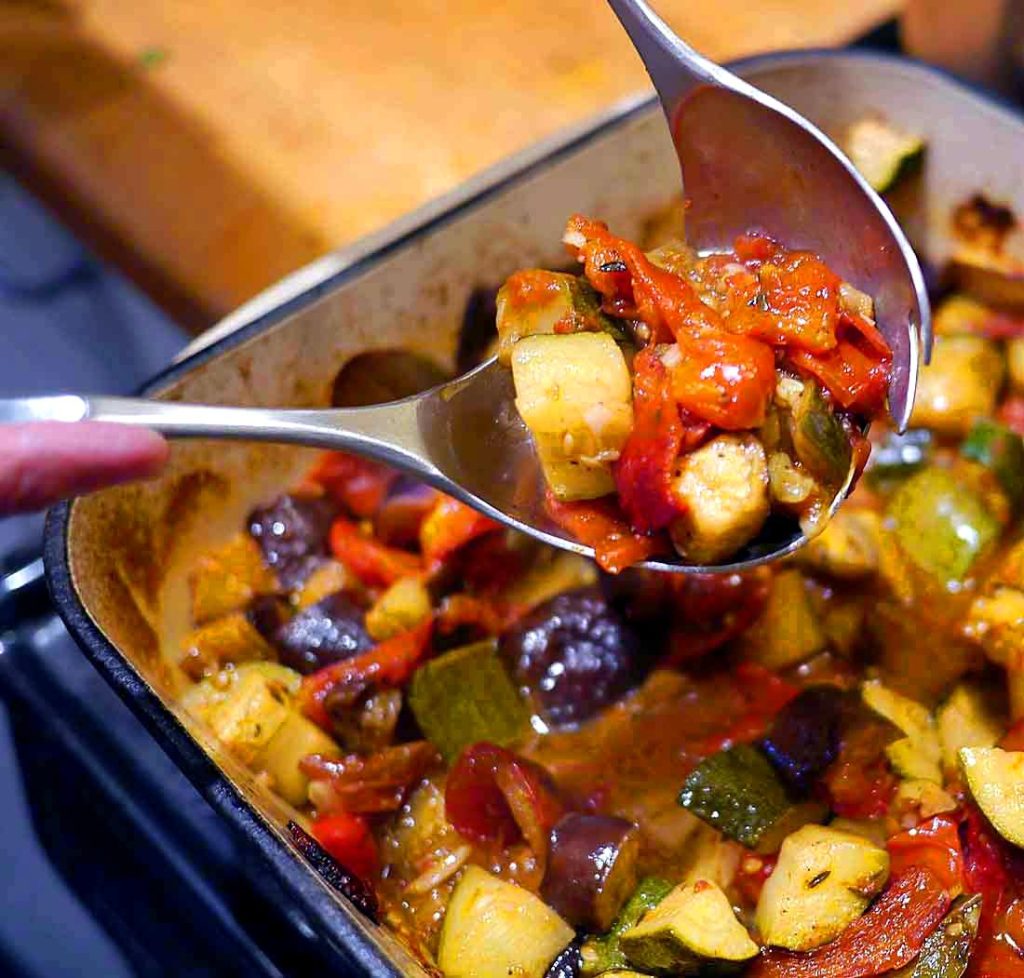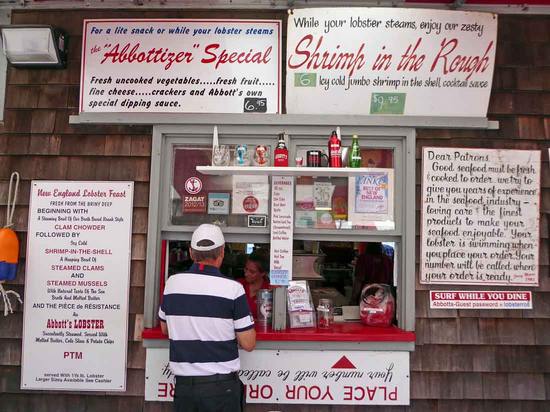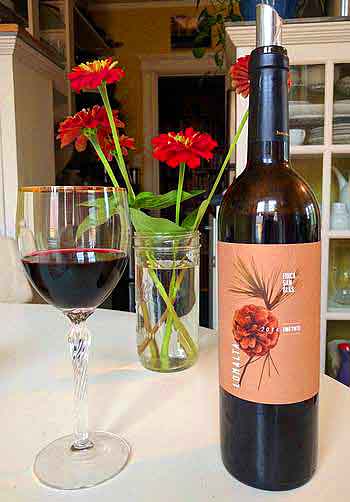
Kensington afternoon tea shows sweet wit
Years ago on a visit to London, David and I interviewed Benny Hill for a feature in an American magazine. We were surprised when his publicist suggested that we meet the comedian known for his bawdy humor for afternoon tea. It seemed a bit, shall I say, refined. But, in person, Hill turned out to be a gentle man, perhaps even a bit shy. And the ritual of the tea service made for a very relaxed couple of hours. The experience sold me on the afternoon tea tradition. Now I make a point of sampling tea in a different spot whenever I'm in London. On my last visit, I spent a lovely afternoon with a couple of friends in the Kensington (at top). It's one...Read More

